The Science Behind Neuromatrix
Neuromatrix is powered by photobiomodulation (PBM) – a non-invasive, science-backed therapy that uses targeted light to stimulate cellular activity in the brain.
Decades of research suggest that PBM can enhance cognitive function, improve mood, reduce inflammation, and support neuroprotection. It has very broad applications to brain health. Studies have explored its applications in addressing symptoms related to conditions like Alzheimer’s, Parkinson’s, Depression, Anxiety, ADHD, Long Covid and more.
While the Neuromatrix Headset is not a medical device and does not claim to treat specific conditions, it is inspired by the powerful scientific potential of light-based neurostimulation.
Explore the science. Empower your mind.
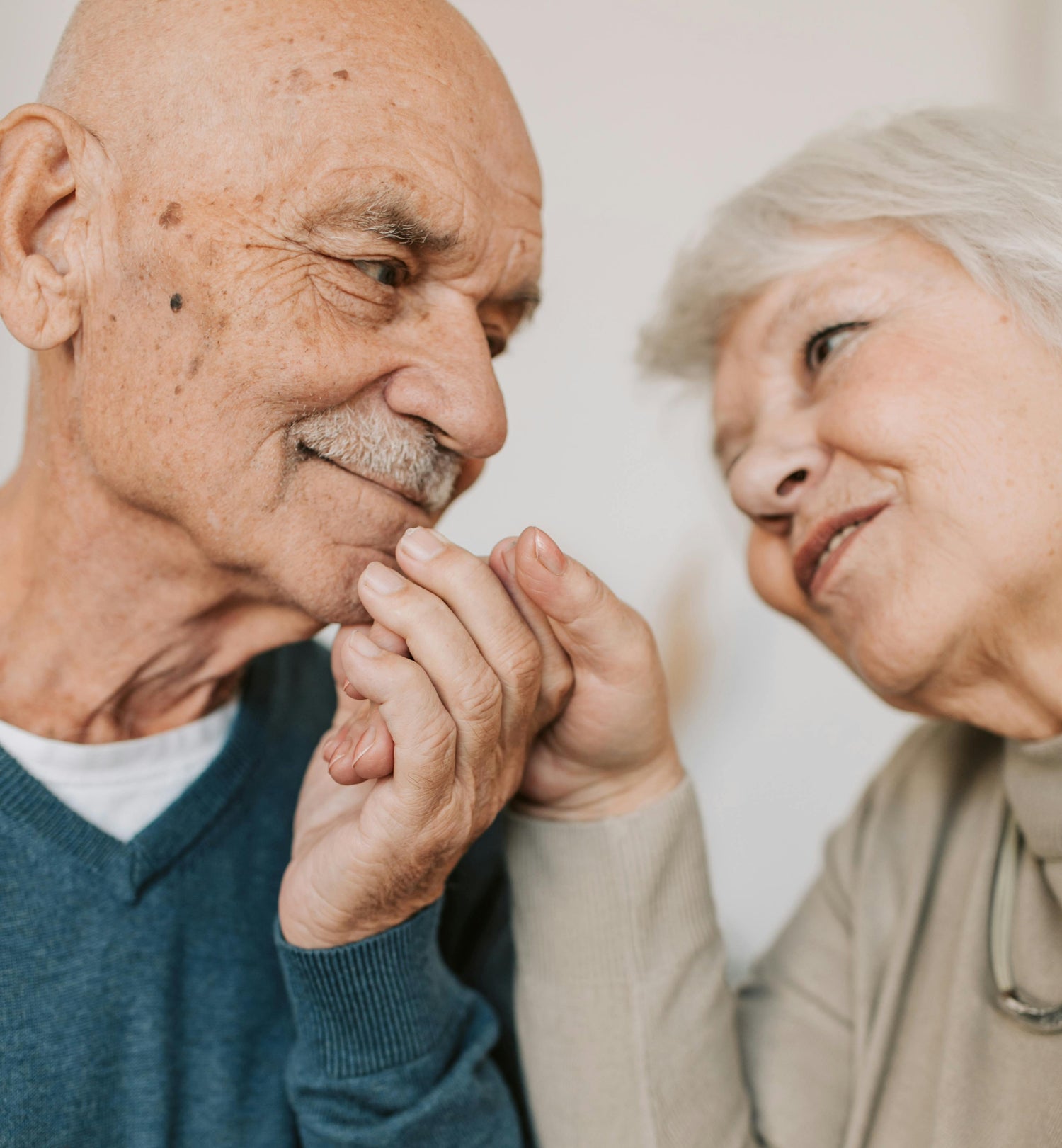
Alzheimer's Disease and PBM
- Reduces amyloid-beta (Aβ) protein levels
- Stimulates autophagy to clear toxic proteins
- Enhances mitochondrial function and reduces oxidative stress
- Improves cognitive function, sleep, and behavioral symptoms
- Studies report increased cerebral perfusion and neural connectivity
References:
Berman, M. H., Halper, J. P., Nichols, T. W., & Hamblin, M. R. (2017). Photobiomodulation with near infrared light helmet in a pilot, placebo-controlled clinical trial in dementia patients testing memory and cognition. Journal of Alzheimer's Disease, 58(2), 443–453. Chao, L. L. (2019). (Link)
Saltmarche AE, Naeser MA, Ho KF, Hamblin MR, Lim L. Significant Improvement in Cognition in Mild to Moderately Severe Dementia Cases Treated with Transcranial Plus Intranasal Photobiomodulation: Case Series Report. Photomed Laser Surg. 2017 Aug;35(8):432-441. doi: 10.1089/pho.2016.4227. Epub 2017 Feb 10. PMID: 28186867; PMCID: PMC5568598. (Link)

Depression and Anxiety and PBM
- Enhances cerebral blood flow and reduces inflammation.
- Promotes neurogenesis and neurotransmitter balance.
- Research shows effectiveness in reducing depression symptoms.
References:
Caldieraro, M. A., & Cassano, P. (2019). Transcranial and systemic photobiomodulation for major depressive disorder: A systematic review of efficacy, tolerability and biological mechanisms. Journal of Affective Disorders, 243, 262–273. Cassano, P., Arany, P., Henderson, T. A., & Hamblin, M. R. (2023). (Link)
Salehpour F, Mahmoudi J, Kamari F, Sadigh-Eteghad S, Rasta SH, Hamblin MR. Brain Photobiomodulation Therapy: a Narrative Review. Mol Neurobiol. 2018 Aug;55(8):6601-6636. doi: 10.1007/s12035-017-0852-4. Epub 2018 Jan 11. PMID: 29327206; PMCID: PMC6041198. (Link)
Schiffer, F., Johnston, A.L., Ravichandran, C. et al. Psychological benefits 2 and 4 weeks after a single treatment with near infrared light to the forehead: a pilot study of 10 patients with major depression and anxiety. Behav Brain Funct 5, 46 (2009). (Link)
Salehpour, Farzad and Rasta, Seyed Hossein. "The potential of transcranial photobiomodulation therapy for treatment of major depressive disorder" Reviews in the Neurosciences, vol. 28, no. 4, 2017, pp. 441-453. (Link)
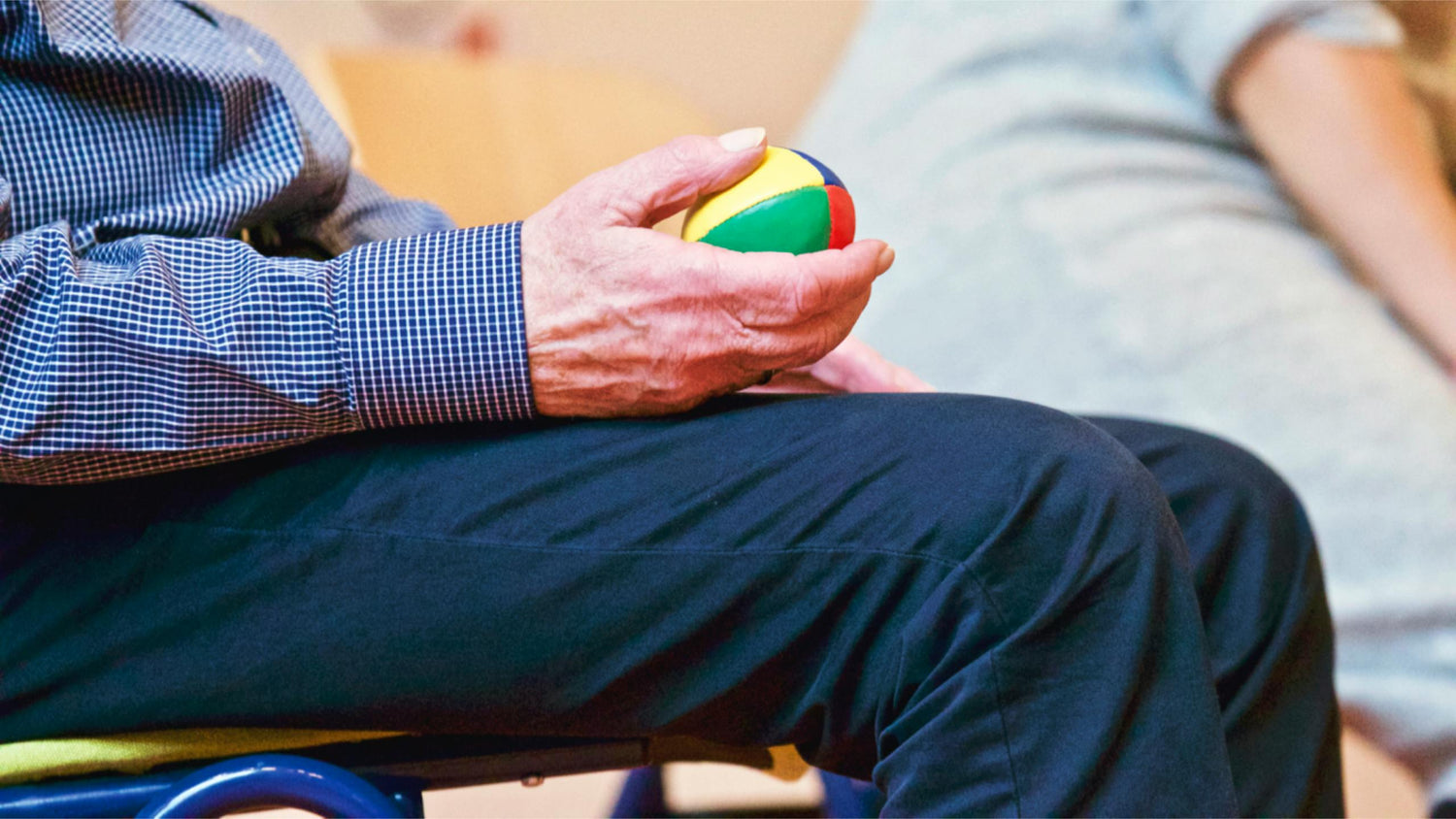
Parkinson's Disease and PBM
- Restores abnormal neuronal activity in the basal ganglia.
- Improves movement and motor coordination.
- Reduces inflammation and supports neuronal survival.
- Research indicates improved clinical signs and dopamine production.
References:
Liebert, A., Bicknell, B., Laakso, E. L., et al. (2021). Improvements in clinical signs of Parkinson's disease using photobiomodulation: A prospective proof-of-concept study. BMC Neurology, 21(1), 326. Liebert, A., Bicknell, B., Laakso, E. L., et al. (2019). (Link)
Liebert, Ann et al. Improvements in the clinical signs of Parkinson’s disease using photobiomodulation: a 3-year follow-up case series. Medical Research Archives, [S.l.], v. 11, n. 3, apr. 2023. ISSN 2375-1924. (Link)
Liebert, A., Bicknell, B., Laakso, EL. et al. Improvements in clinical signs and symptoms of Parkinson’s disease using photobiomodulation: a five-year follow-up. BMC Neurol 24, 381 (2024). (Link)

Long COVID and PBM
- Improves cellular function and reduces inflammation.
- Enhances tissue repair and supports recovery.
- Potential to prevent severe illness through immune modulation.
- Studies report significant improvement in cognitive function.
References:
Bowen R, Arany PR. Use of either transcranial or whole-body photobiomodulation treatments improves COVID-19 brain fog. J Biophotonics. 2023 Aug;16(8):e202200391. doi: 10.1002/jbio.202200391. Epub 2023 Apr 29. PMID: 37018063. (Link)
Lim L, Hosseinkhah N, Van Buskirk M, Berk A, Loheswaran G, Abbaspour Z, Karimpoor M, Smith A, Ho KF, Pushparaj A, Zahavi M, White A, Rubine J, Zidel B, Henderson C, Clayton RG, Tingley DR, Miller DJ, Karimpoor M, Hamblin MR. Photobiomodulation Treatment with a Home-Use Device for COVID-19: A Randomized Controlled Trial for Efficacy and Safety. Photobiomodulation Photomedicine Laser Surg. 2024 Jun;42(6):393-403. doi: 10.1089/pho.2023.0179. Epub 2024 Jun 19. PMID: 38940733. (Link)
Marashian Seyed Mehran , Hashemian Mohammadreza , Pourabdollah Mihan , Nasseri Mansour , Mahmoudian Saeed , Reinhart Florian , Eslaminejad Alireza Photobiomodulation Improves Serum Cytokine Response in Mild to Moderate COVID-19: The First Randomized, Double-Blind, Placebo Controlled, Pilot Study Frontiers in Immunology,13 – 2022. (Link)
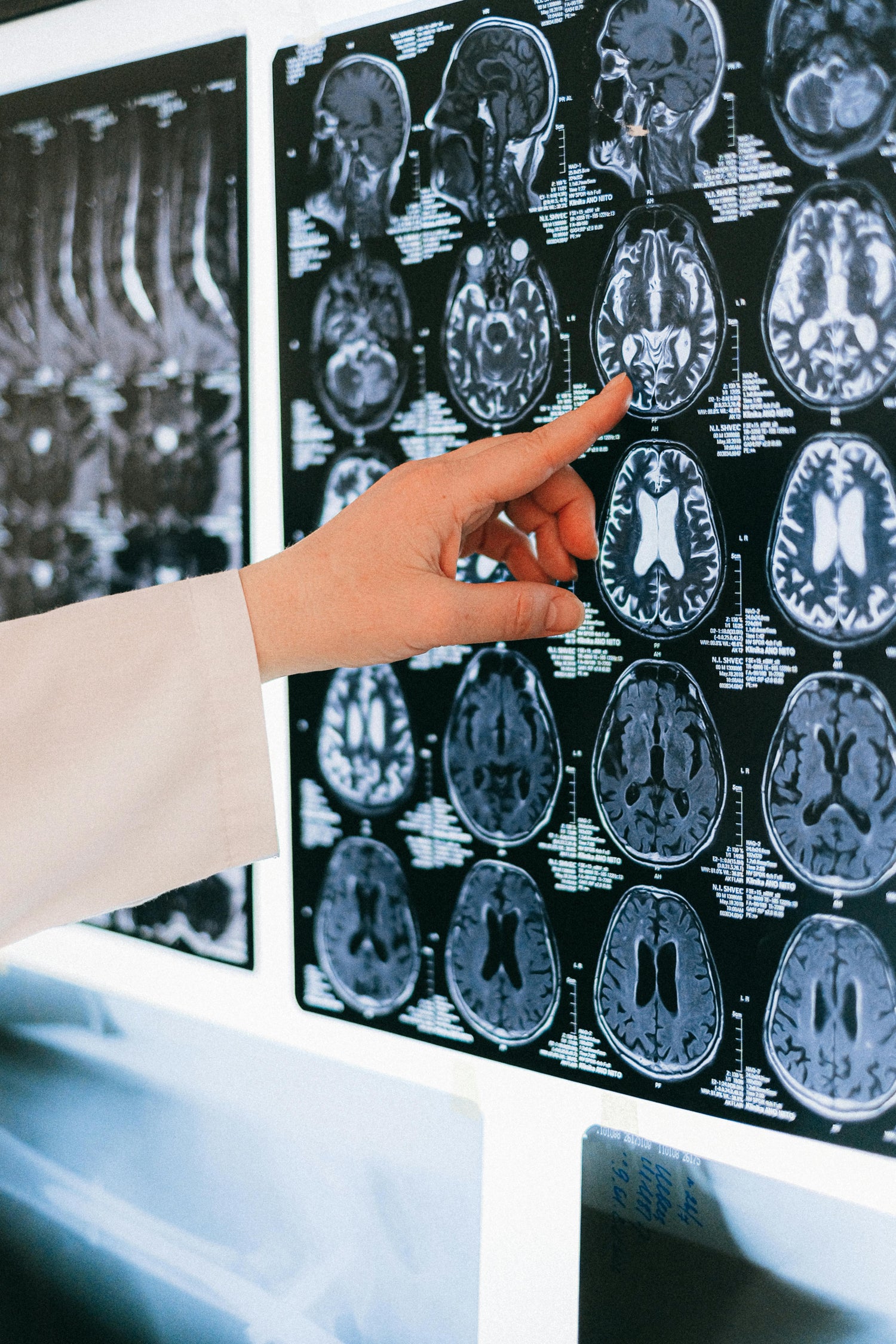
Brain Injury and PBM
- Supports recovery and cognitive funtion in TBI patients
- Enhances mitochondrial energy production.
- Reduces swelling and neuroinflammation.
- Studies show increased brain volume and improved connectivity.
References:
Naeser, M. A., Martin, P. I., Ho, M. D., Krengel, M. H., Bogdanova, Y., Knight, J. A., Yee, M. K., Zafonte, R., Frazier, J., Hamblin, M. R., & Koo, B. B. (2016). Transcranial, red/near-infrared light-emitting diode therapy for treatment of chronic, mild traumatic brain injury: A pilot study. Photomedicine and Laser Surgery, 34(2), 58–73. (Link)
Dos Santos JGRP, Paiva WS, Teixeira MJ. Transcranial light-emitting diode therapy for neuropsychological improvement after traumatic brain injury: a new perspective for diffuse axonal lesion management. Med Devices (Auckl). 2018 Apr 26;11:139-146. doi: 10.2147/MDER.S155356. PMID: 29731669; PMCID: PMC5927185. (Link)

PTSD and PBM
- Reduces PTSD symptoms and anxiety.
- Modulates fear memory and brain activity.
- Studies report symptom improvement in veterans and animal models.
References:
Zhao H, Li Y, Luo T, Chou W, Sun T, Liu H, Qiu H, Zhu D, Chen D, Gu Y. Preventing Post-Traumatic Stress Disorder (PTSD) in rats with pulsed 810 nm laser transcranial phototherapy. Transl Psychiatry. 2023 Aug 14;13(1):281. doi: 10.1038/s41398-023-02583-3. PMID: 37580354; PMCID: PMC10425462. (Link)
Martin, P. I., Chao, L. L., Krengel, M., Ho, M., Yee, M. K., Lew, R. A., Knight, J., Hamblin, M. R., & Naeser, M. A. (2021). Transcranial photobiomodulation to improve cognition in Gulf War Illness. Frontiers in Neurology, 11, 574386. (Link)
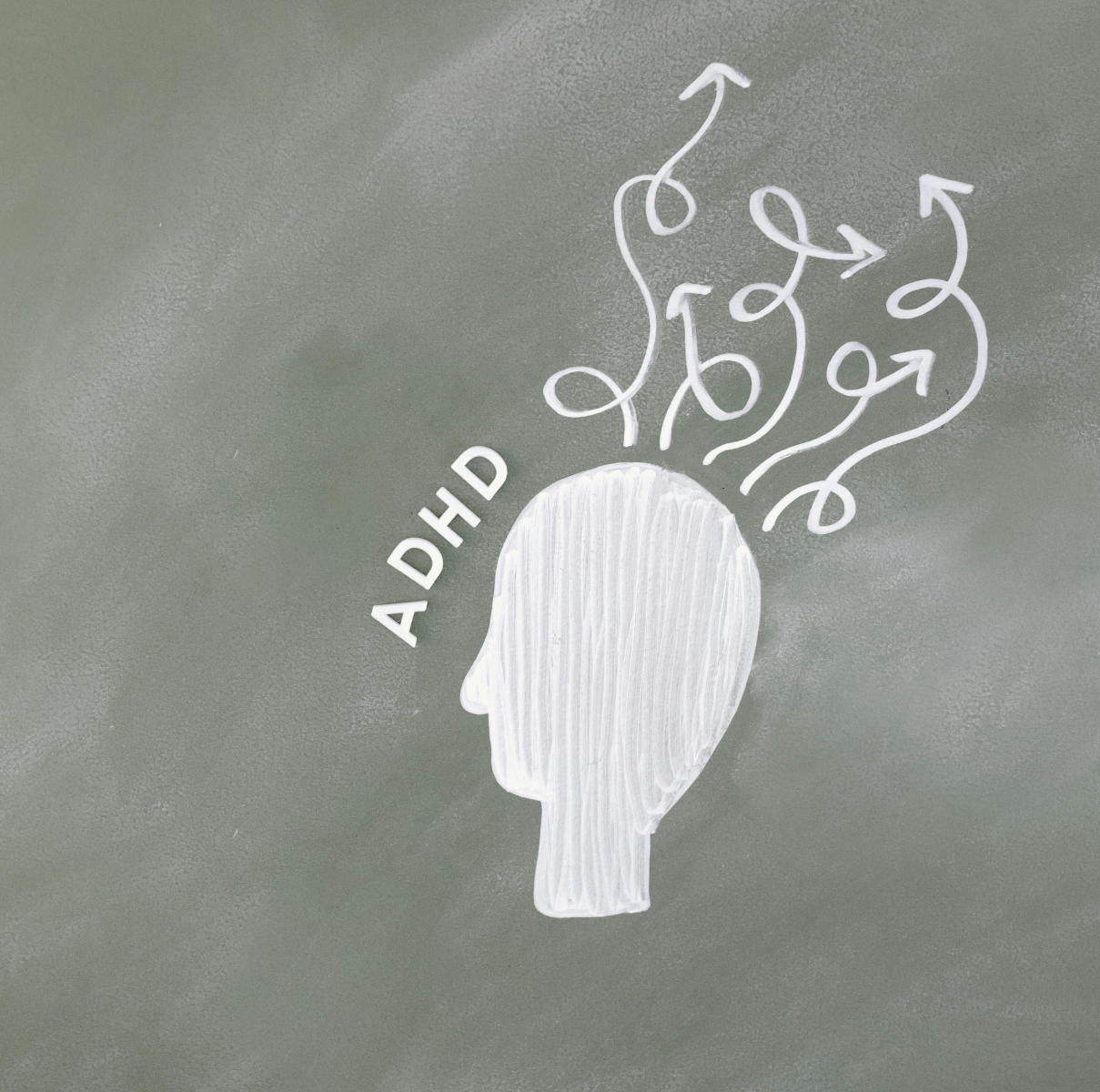
ADHD and PBM
- Improves attention and executive function.
- Reduces neuroinflammation and oxidative stress.
- Studies confirm improved focus and symptom management.
References:
Stephan, W., Banas, L. J., Brierley, W., & Hamblin, M. R. (2022). Efficacy of photobiomodulation for attention deficit hyperactivity disorder (ADHD): Case studies. World Journal of Neuroscience, 12(3), 136–143.] Hamblin, M. R. (2016). Shining light on the head: Photobiomodulation for brain disorders. BBA Clinical, 6, 113–124. (Link)
Bhanjan, A. (2023, November 14). Shedding light on ADHD: The power of photobiomodulation therapy. Durban Neuro Laser Clinic. (Link)
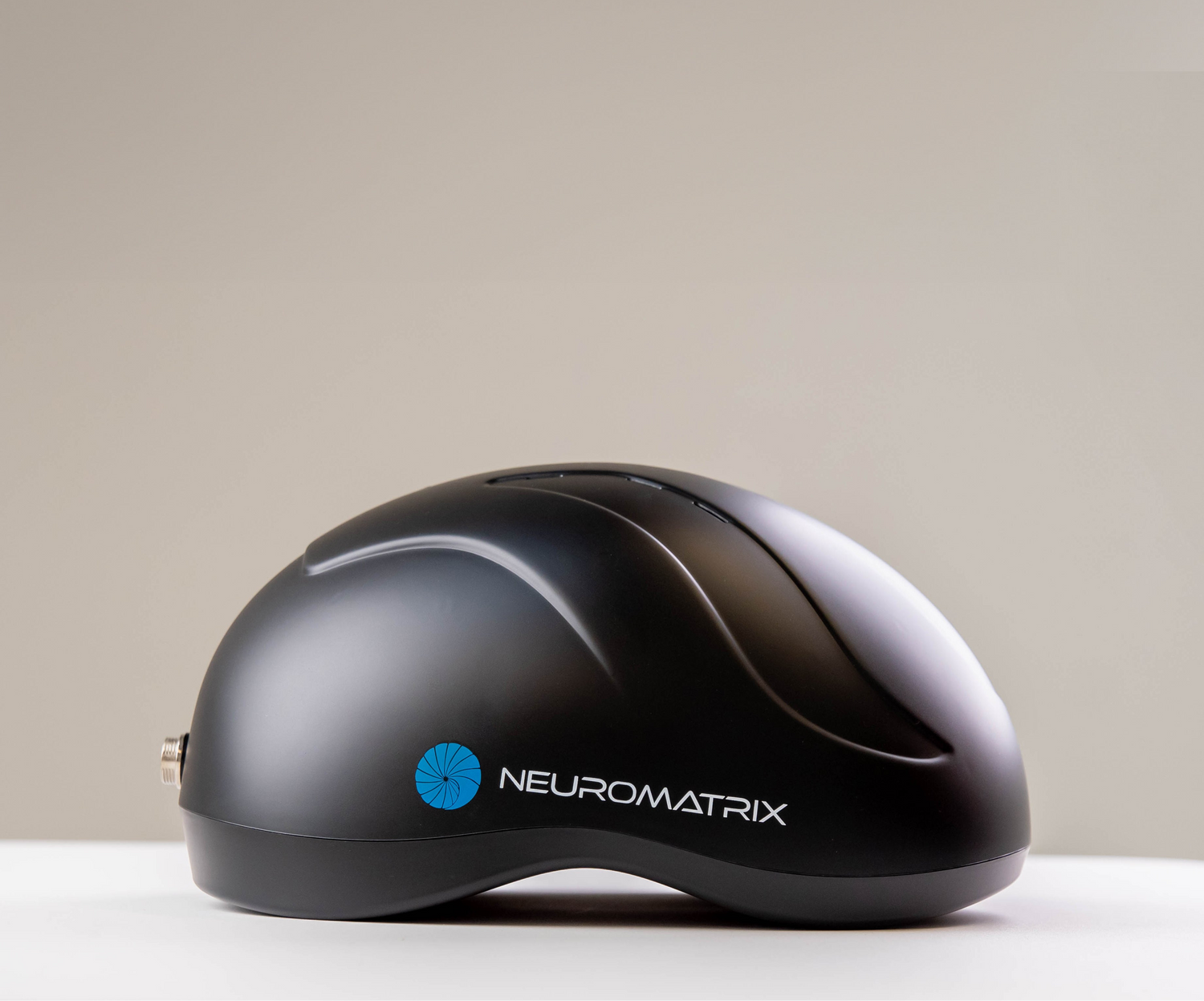
Enhancing brain function through light
Neuromatrix Headset
The Neuromatrix Headset is a non-invasive, science-backed solution designed to support cognitive enhancement and neuroprotection through targeted pulsed photobiomodulation (PBM).
Built on clinically informed infrared light technology, it offers the potential to improve neurological and psychological function, supporting mental clarity, focus, and emotional balance.
Whether used as part of a wellness routine or a broader care strategy, Neuromatrix is a promising tool for brain health, bridging the gap between science and daily performance.
